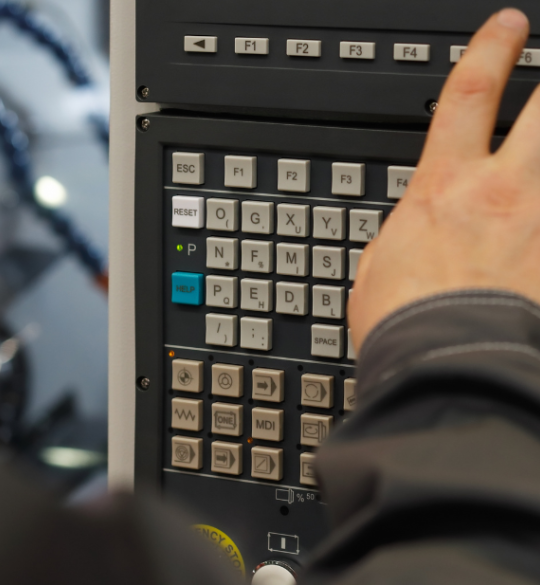 In the realm of modern manufacturing, a silent revolution is taking place, one that is reshaping the industry in profound ways. At the heart of this transformation is Product Lifecycle Management (PLM) software, a tool that has become indispensable for manufacturers worldwide. PLM software is not just a technology; it’s a strategy that integrates people, processes, business systems, and information.
In the realm of modern manufacturing, a silent revolution is taking place, one that is reshaping the industry in profound ways. At the heart of this transformation is Product Lifecycle Management (PLM) software, a tool that has become indispensable for manufacturers worldwide. PLM software is not just a technology; it’s a strategy that integrates people, processes, business systems, and information.
Understanding PLM Software
Product Lifecycle Management software is a comprehensive system that manages the complete lifecycle of a product from inception, through design and manufacturing, to service and disposal. PLM integrates data, processes, business systems, and people in an extended enterprise. It allows different departments to communicate efficiently and collaborate on product development, leading to improved product quality and reduced time-to-market.
The manufacturing sector has always been complex, with a need for precision, efficiency, and innovation. PLM software brings these elements together. It streamlines the design process, enhances collaboration, and increases efficiency across the product development cycle. By providing a single source of truth, PLM ensures that everyone involved in the process is working from the latest, most accurate information.
- Enhancing Collaboration and Efficiency
One of the most significant impacts of PLM is its ability to foster collaboration across diverse geographical locations and departments. With PLM, engineers, designers, and production teams can work in tandem, regardless of their physical locations. This seamless collaboration is essential in today’s global manufacturing landscape, where teams often span continents.
- Driving Innovation and Competitiveness
Innovation is the lifeblood of manufacturing, and PLM software is an essential tool in this regard. By managing data effectively and providing tools for simulation and testing, PLM enables manufacturers to experiment with new ideas and concepts more efficiently and cost-effectively. This capability drives competitiveness in a market where the ability to innovate quickly and effectively is a key differentiator.
Reducing Costs and Time-to-Market
PLM helps manufacturers reduce costs in several ways. It minimizes errors and rework, optimizes resource allocation, and streamlines the supply chain. Additionally, PLM’s role in reducing the product development cycle is invaluable. By enabling faster design and prototyping, products can be brought to market quicker, which is crucial in a consumer-driven market where speed is a competitive advantage.
Sustainability is becoming a critical focus in manufacturing, and PLM is at the forefront of this movement. By facilitating better materials management, waste reduction, and efficient production processes, PLM software plays a pivotal role in enabling manufacturers to meet their sustainability goals.
Yes, the role of PLM software in modern manufacturing is more than just a technological upgrade; it’s a cornerstone of strategic business transformation. It enables manufacturers to create better products, bring them to market faster, innovate continuously, and do so sustainably. As we look to the future, PLM’s role in manufacturing will only grow, continuing to drive this silent revolution in an industry that is the backbone of the global economy.







